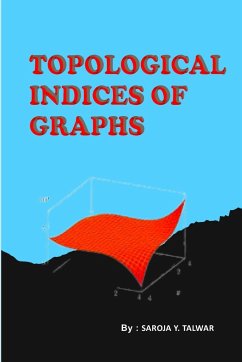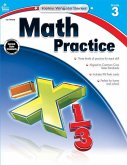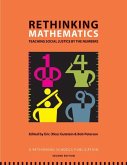Graph theory has become fashionable so much so that there are applications of graph theory in many areas like physics, chemistry, communication science, computer technology, electrical and civil engineering, architecture, operation research, genetics, psychology, sociology, economics, anthropology, and linguistic. The theory is also intimately related to many branches of mathematics including group theory, matrix theory, numerical analysis, probability, and topology. The fact is that graph theory serves as a mathematical model for any system involving a binary relation. Partly because of their diagrammatic representation, graphs have an intuitive and aesthetic appeal. Although there are many results in this ¿eld of an elementary nature, there is also an abundance of problems with enough combinatorial subtlety to challenge the most sophisticated mathematician. Recently, the mathematical-chemistry literature is ¿ooded by countless graph-based topological indices, proposed to serve as molecular structure descriptors. Topological indices have attracted much attention of chemical and mathematical researchers, especially those focusing on graph theory, from all over the world. Nowadays, many interesting results and open difficulties on it have been reported in the literature. In most cases, the mathematical investigation of these in-dices consists of ¿nding bounds for them, and characterizing the graphs for which these inequalities become equalities.







